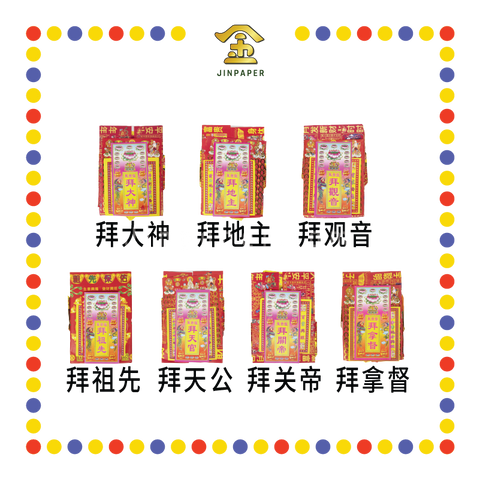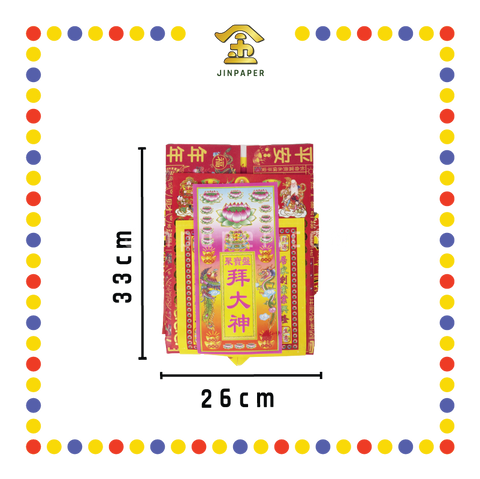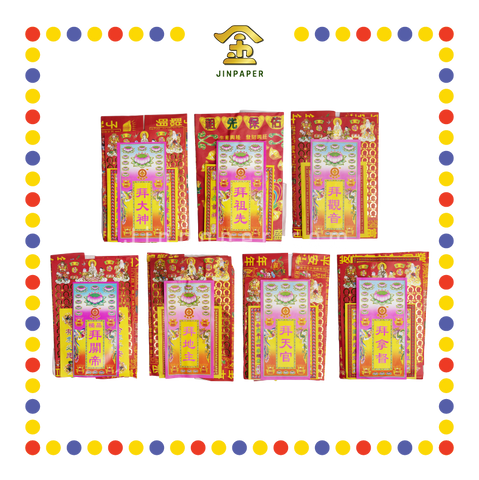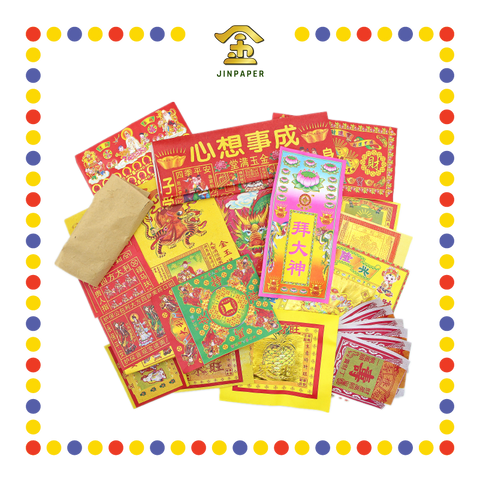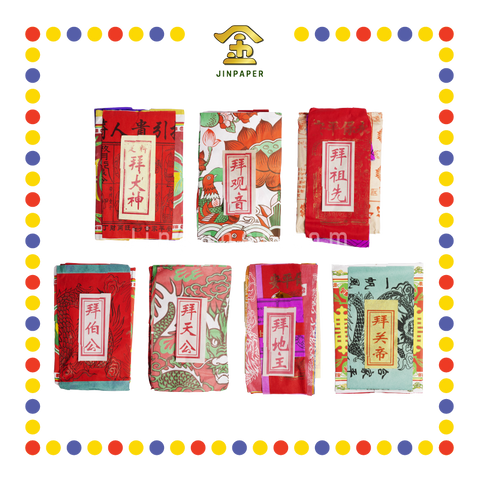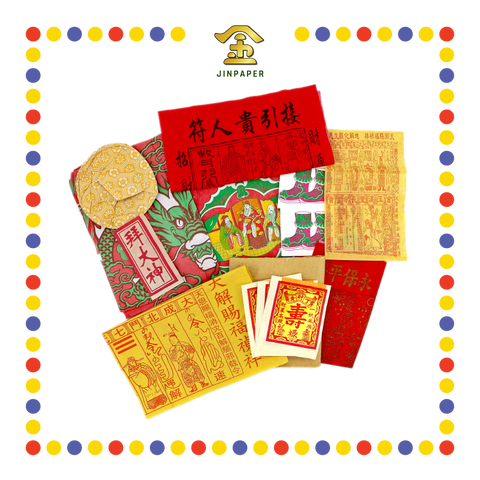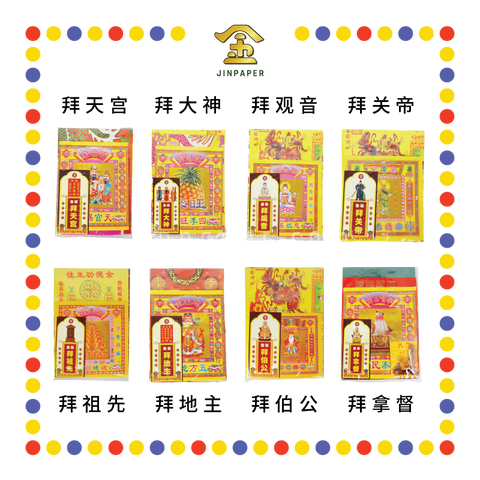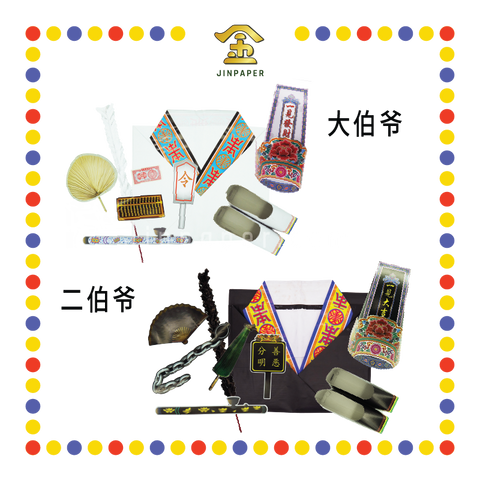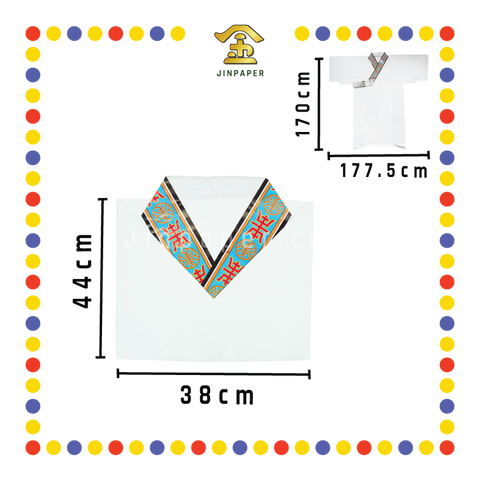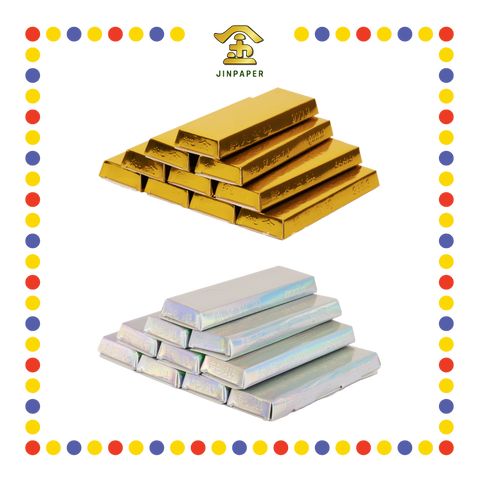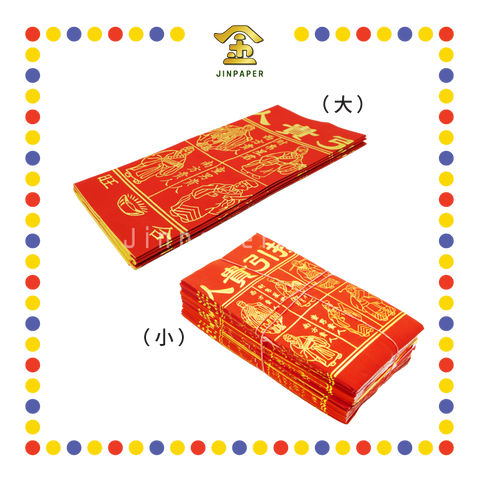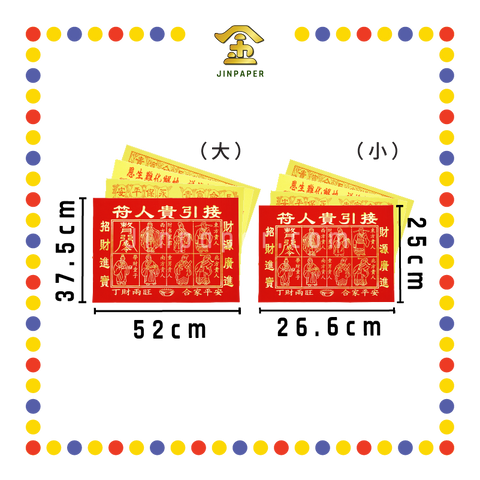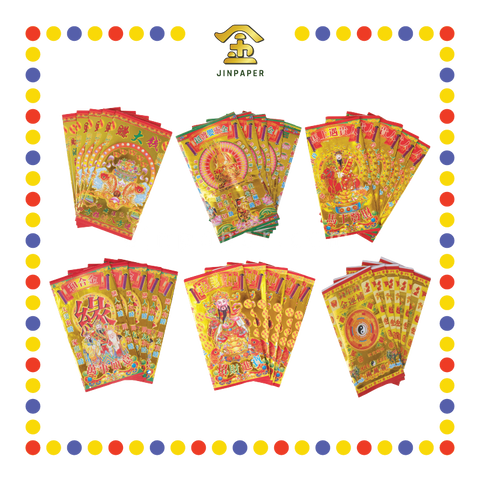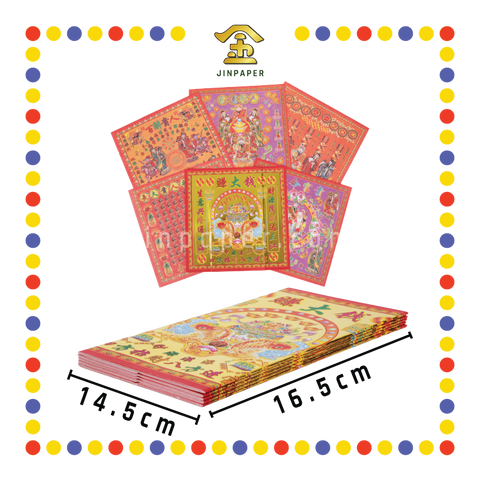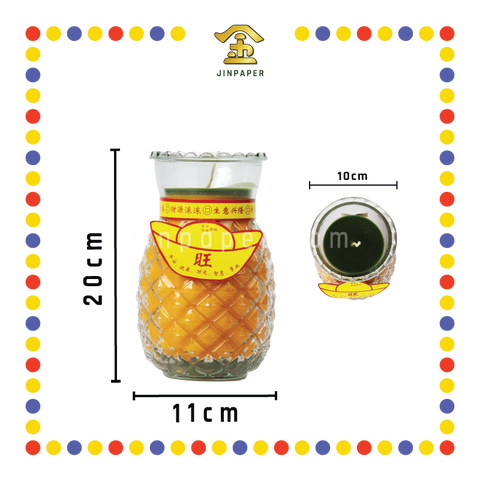Winter Solstice (Dongzhi Festival) - Legends, Foods & Traditions: A Complete Information

Winter Solstice (Dongzhi Festival) - Legends, Foods & Traditions: A Complete Information
As the name implies, the Dongzhi Festival, or Winter Solstice Festival, is a widely-observed traditional Chinese celebration that takes place at the zenith of winter, after the solstice. Enjoyed by Chinese people across the globe, the Dongzhi Festival honors a time of auspiciousness, harmony, and growth.
The origins of the Winter Solstice Festival can be traced back to the ancient Chinese philosophy of balance and harmony – the coexisting counter forces of yin and yang. Winter, coldness, and darkness are marked as yin elements in Chinese philosophy – a negative force of nature. Conversely, warmth and light represent the positive element of yang.
After the winter solstice comes the seasonal transition into spring, which means the number of daylight hours increases. As such, it is believed that there becomes an abundance of yang energy. In essence, nature has manifested the self-balancing forces of yin and yang.
History of The Winter Solstice
Turning back the clock 2,500 years ago to the reign of the Han Dynasty in China, the Winter Solstice Festival was discovered and formally coined by a sage called Zhou Feng. At the time, Zhou was trying to pinpoint the shortest day of the year. He did so with a sundial, an ancient instrument that tells time through the light of the sun that shines on its gnomon – a triangular blade – and the resulting length of shadows that are cast upon its face.
Up until the Qin Dynasty, the Winter Solstice Festival was believed to have carried even greater significance than the Lunar New Year! During the Han Dynasty, the Winter Solstice became an official holiday, where public officials would take the day off, and merchants would shutter their stores. It was a time when everyone would pay visits to their friends and family, bearing gifts.
It was also during the Han Dynasty that the practice of eating dumplings during the Winter Solstice Festival is thought to have emerged. The story is centered around Zhang Zhongjing, a Chinese physician who sought to ease the suffering of the poverty-stricken citizens during winter.
Seeing the poor being afflicted with chilblains on their ears as a result of the winter cold, Zhang felt great sympathy. He promptly instructed his apprentices to make dumplings and distribute them to the poor. These dumplings were primarily made with lamb meat, but also included other ingredients, and were shaped like human ears. Because of their shape, Zhang named the dumplings as "qùhán jiāoěr tāng", or simply “dumpling soup that expels the cold”. Since then, it has become a traditional practice to have dumpling soup during the Winter Solstice Festival.
Where the practice of eating dumplings is more prevalent is north China, people from the south share a similar eating custom, but with glutinous rice balls instead. These glutinous rice balls are known as “dōngzhìtuán”, which roughly means reunion during the winter solstice. As the name implies, this is a dish that’s commonly shared with family members and friends as a sign of blessing. Other dishes popular in south China include mutton soup and red bean sticky rice.

Traditional dumpling soup (tangyuan) is typically made with a ginger broth, and contains glutinous rice balls of various colors. Source: JinPaper
Why Do The Chinese Celebrate The Winter Solstice?
The practice of partaking in tangyuan is common amongst the Chinese in Mainland China, but also in various Chinese ethnic communities overseas. Eating tangyuan is synonymous with reuniting with family members, relatives, friends, and loved ones. Social harmony is deeply integrated into traditional Chinese moral beliefs, and thus it should come as no surprise that the Winter Solstice Festival would be observed with the significance that it commands today.
It is also believed that the Winter Solstice marks the end of the year for those who celebrate. As a result, they are seen to have grown more mature, and should behave better than they did the year before. This perception is especially strong amongst the elderly Chinese population, and at times, the Winter Solstice may hold even greater importance than the Lunar New Year to them.
To the Taiwanese people, tangyuan is not only viewed as an object of worship, but one of good fortune as well. Many folks would take tangyuan that had been used as offerings and stick them to the back of doors, or on windows, tables and chairs. This, they believe, would help keep evil at bay and protect young children from bad spirits.
When Should You Celebrate The Winter Solstice?
The Winter Solstice Festival doesn’t fall on any specific date, but more often than not, it could take place any day between December 21 and 23. This corresponds to the 22nd solar term on the Chinese lunisolar calendar, which signifies the extreme of winter, and marks the coming of the end as the days after become longer and the nights become shorter.
There typically isn’t much lead time going into the Winter Solstice Festival. Families don’t often have to make plenty of preparation ahead of time, and more often than not, the day's festivities would include ancestral and maybe even divine worship, followed by a simple reunion meal with loved ones.
While it carries much significance still, the Winter Solstice Festival isn’t as grand of an event as the Lunar New Year in Malaysia, so you don’t have to worry about finally realizing it on the day itself.
How Do The Chinese Celebrate The Winter Solstice?
There are many rituals with regards to how one might choose to celebrate the Winter Solstice. Back in the Han Dynasty, emperors would pray to the heavens for the prosperity of their kingdom and its people. As a display of sincerity, the emperors would bathe, and abstain from meat and alcohol. This ritual persisted and prospered during both the Ming and Qing Dynasties, where the famous Temple of Heaven was erected for that very purpose of worship.
Another tradition that’s still widely practiced today in some Chinese families is the worshiping of one’s ancestors. Filial piety and respect for the dead are deeply ingrained in traditional Chinese cultures and beliefs. It should come as no surprise then, that given the opportunity, some families might use the time to clean their ancestral graves or put up offerings.
Perhaps the most commonly practiced tradition is the making and eating of some soups. In northern China, dumpling soup is the norm when it comes to eating rituals, as a result of Zhang Zhongjing saving the poor, as we mentioned earlier.
In the south, glutinous rice ball soup is the top-pick instead. As Malaysians, this is the tradition that most of us may be more familiar with. The dish consists of a ginger and pandan leaf broth along with small multi-colored balls kneaded with glutinous rice flour and boiled in the soup. The soup is sweetened with rock sugar and the glutinous rice balls can have different fillings ranging from sweet bean paste to ground nuts and sugar. It is also perfectly fine to not have any fillings at all.
Tangyuan-making is a symbolic practice to the Winter Solstice Festival. Ginger is known to have warming and protective properties against colds, making it more than suitable for the Winter Solstice Festival. The tangyuans themselves are also round in shape, representing togetherness and reunion. Some families also like to add an element of fun by making multi-colored tangyuans. If you have young children in the house, they can join in on the fun too!

Tangyuan making is a fun family bonding activity and a great way to introduce our culture to the younger generation. Source: JinPaper
As you can imagine, food plays a huge role in celebrating the Winter Solstice Festival. Aside from tangyuans and dumpling soup, some families also have the custom of eating hot pot and mutton soup. The latter, in particular, happened when Liu Bang, founder of the Han Dynasty, ate mutton on the day of the Winter Solstice and praised the taste of the mutton highly. Mutton is also believed to be a highly nourishing food, and is especially helpful for strengthening the body’s resistances towards sickness during the cold winter months.
In Taiwan, when it comes to the Winter Solstice Festival, tangyuans aren’t only just eaten, they are also made into offerings for worshiping one’s ancestors. According to Taiwanese folklore, tangyuans that were used as offerings have special protective powers. These tangyuans are then placed on the backs of doors, and on windows, tables and chairs, and supposedly help children ward off evil spirits.
What’s also unique to the Taiwanese people is that they would make special nine-layer cakes and put them up as an offering to their ancestors. These cakes are made from glutinous rice flour, and depict various creatures such as chickens, tortoises, pigs, sheep, cows, among others. These animals all represent auspiciousness in Chinese culture, and thus make for a great offering to appease the spirits of the deceased.
Conclusion
While the Dongzhi Festival doesn’t normally give off the perception of having great religious significance as much as it does a cultural custom, it is still widely practiced by many Chinese all over the world nonetheless. Even if you’re not familiar with the exact customs and rituals, we’re sure that most would still welcome you to join in on the heavily food-centric festivities.
In Malaysia and other parts of South East Asia with many thriving Chinese ethnic groups, tangyuan making and eating is the quintessential Dongzhi Festival activity, as well as having a reunion dinner with friends and family.
If you liked what you’ve read so far, make sure to check us out at JinPaper, Malaysia’s number one supplier for Chinese praying materials and rituals. And if you think there’s something we missed out on, or something you’d like to see featured in our next article, let us know in the comments below!


